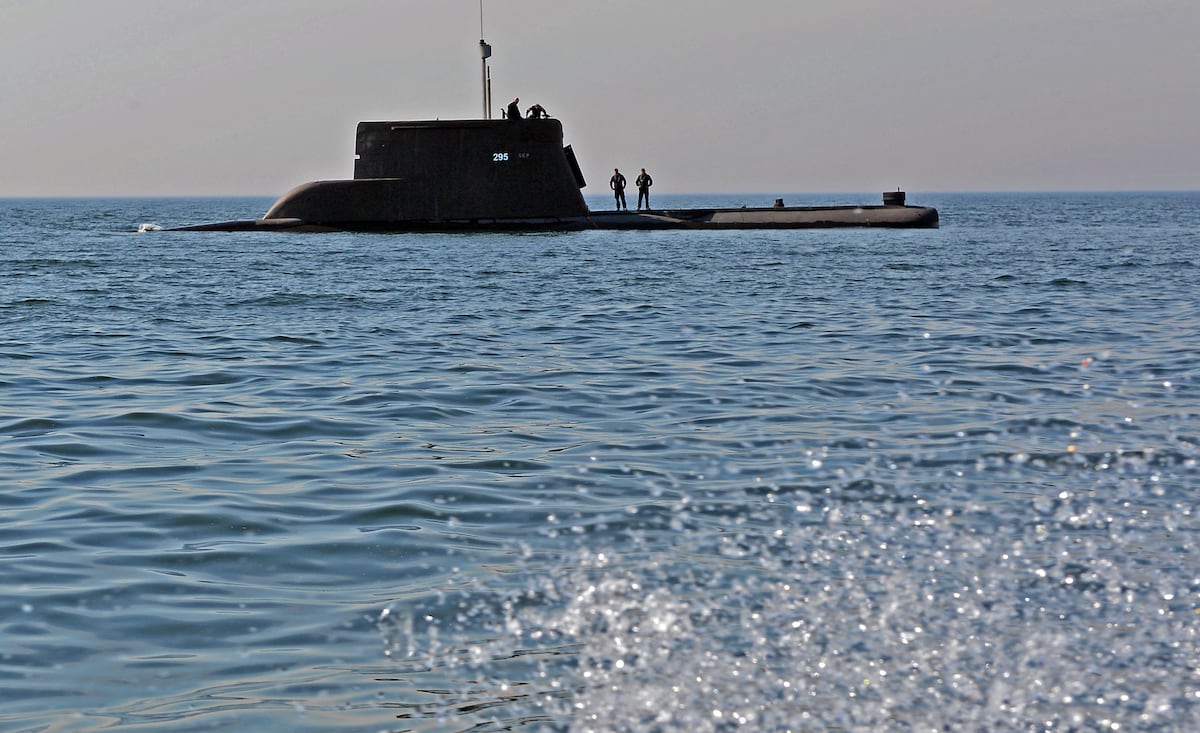Advancing the Eastern Flank Deterrence Line: U.S. Army and NATO Initiatives
The U.S. Army, alongside its NATO allies, is accelerating efforts to establish the Eastern Flank Deterrence Line (EFDL), a strategic initiative aimed at enhancing military readiness and fortifying ground capabilities in response to potential Russian aggression. This program underscores the urgency felt by military leaders in Europe, particularly in light of escalating geopolitical tensions.
Strategic Overview
General Christopher Donahue, commander of U.S. Army Europe and Africa, emphasizes a rapid approach to resource alignment. According to Lt. Gen. Charles Costanza, commander of the Army’s V Corps, the goal is to quickly acquire and deploy existing technologies and capabilities to the field for practical testing and subsequent scaling.
Key Objectives of the EFDL
- Ground-Based Capability Enhancement: The EFDL focuses on refining ground forces’ abilities to withstand and counter potential threats.
- Interoperability Across NATO: By promoting military-industrial coordination, the initiative aims to synchronize efforts among member states, enhancing joint operational effectiveness.
Implementation Strategies
The EFDL is characterized by a multi-faceted strategy that includes:
- Data-Driven Systems and Common Launchers: The initiative will develop standardized systems capable of facilitating cloud-based coordination, allowing for real-time data sharing and integrated responses to threats.
- Counter-Drone Capabilities: On the Eastern Flank, the emphasis is on developing and deploying counter-drone systems. This response is crucial given the rising number of incursions into Eastern European airspace.
NATO Exercise: Avenger Triad
Currently, the Army’s V Corps is engaged in Avenger Triad, a NATO training exercise involving five corps from various allied nations, including Poland. This exercise serves as a practical proving ground for the EFDL, integrating lethal and non-lethal capabilities through a newly established organization, the Operational Fires Command. This command aims to streamline capabilities, ensuring effective joint operations.
Technological Innovations
Among the initiatives under the EFDL are:
- Spike Non-Line-of-Sight Missiles: Deployed from AH-64 Apache helicopters, these advanced munitions represent part of NATO’s growing arsenal.
- AI-Driven Data Management: The integration of Palantir’s Maven Smart System exemplifies the commitment to utilizing artificial intelligence for optimizing data handling and operational efficiency.
Countering Drone Threats
The proliferation of one-way attack drones—evident in the ongoing conflict in Ukraine—necessitates a concerted response. The U.S. Army and its allies are focusing on fielding unmanned systems tailored for counter-drone operations. The Merod, developed by U.S. startup Project Eagle, has shown effectiveness in combat scenarios, and training efforts in nations such as Poland and Romania underscore a broader commitment to enhancing drone countermeasures across Europe.
Cost-Effectiveness in Defense
Brig. Gen. Curtis King, commander of the 10th Army Air and Missile Defense Command, highlights the need for cost-efficient solutions in counter-drone strategies. The focus on developing drone capabilities that are not only effective but also economically viable is imperative, especially given the financial implications of utilizing expensive interceptors against lower-cost aerial threats.
Future Directions
The necessity for rapid integration and deployment of capabilities means that the U.S. Army is actively assessing various drone interception platforms produced by both private sector and governmental entities. This includes:
- Expanded Sensor Coverage: The command is exploring passive and active sensor technologies to enhance detection and threat assessment.
- Cloud-Based Data Integration: The aim is to improve both situational awareness and operational response time by ensuring that necessary information is accessible across all relevant defense functions.
Global Deterrence
Importantly, advances made within the EFDL are not solely for European defense; they also inform broader strategic concepts such as the Golden Dome of America—a framework aimed at reinforcing homeland security measures. By developing capabilities that can be adapted to both regional and global challenges, the defense posture of the U.S. and its allies is being significantly elevated.
In short, the Eastern Flank Deterrence Line represents a transformative initiative designed to enhance military readiness and adapt to new forms of conflict. The collaborative engagement of NATO allies, coupled with technological innovations, underlines the commitment to maintaining robust defensive capabilities in an increasingly volatile security environment.





